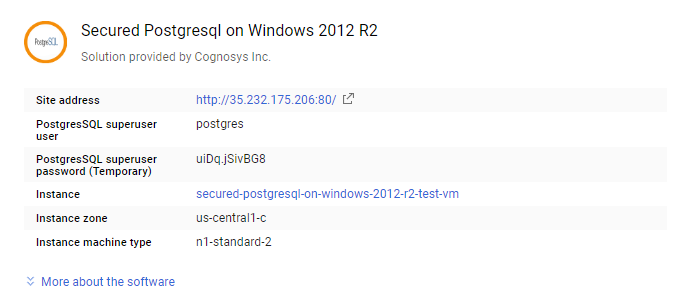

Multi-AZ means having double all the resources. Next, we can select DB instance class, I am selecting here a very basic one (free tier) which is ok for testing or small PoC application:įor Storage settings, we can go with the defaults here: These settings are the same of other database engines as well: Next, we will choose a DB instance name, username, and password. Next, we can choose a template to meet our requirements. Some of the supporting features of RDS are:įrom your AWS Web Console you can select RDS and choose Standard Create and select a database engine in this case PostgreSQL:
Aws postgresql how to#
In this post, we will also see how to work with these settings (actually AWS web console makes it very easy to get it setup). There are some settings that are common to all the engines and some which are more specific to a particular database. You can use AWS RDS with a variety of engines, e.g., SQL Server, PostgreSQL, MySQL, MariaDB, Oracle, and Aurora. This service can help free up time so that it can be refocused on creating business solutions instead of managing hardware and database installations. We also set up a PostgreSQL instance using this service and connect to it using a tool Azure Data Studio.Īmazon RDS is a web service that makes it easier to set up, operate, and scale a relational database in the cloud. Today, we will go into details of Amazon RDS. In my previous post AWS Basics, we got a high-level overview of various Amazon services and their common uses.


 0 kommentar(er)
0 kommentar(er)
